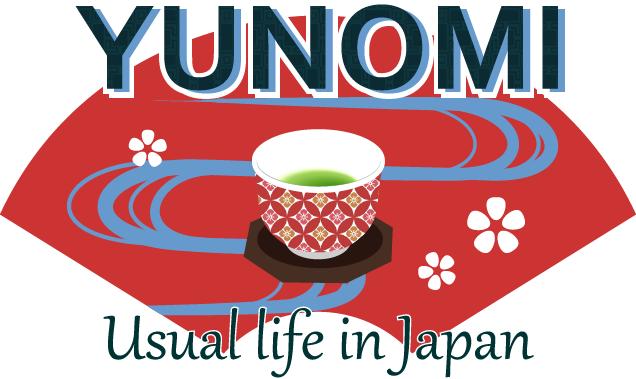Understanding the Culture, Manners, and Meaning Behind This Everyday Tradition
Have you ever wondered why Japanese people always remove their shoes before stepping indoors?
For first-time visitors, this simple gesture might seem curious—but it carries deep cultural meaning rooted in respect, cleanliness, and harmony with nature.
This article explores the story behind this unique custom, explains where and when to remove your shoes, and shares practical tips to help you follow Japanese etiquette with confidence.
🏠 The Cultural Meaning Behind Removing Shoes

In Japan, cleanliness is more than a habit—it’s a reflection of one’s respect for others and for the home.
Traditional Japanese houses were built from natural materials such as wood and tatami (woven straw mats), which are easily damaged by outdoor footwear.
Removing shoes prevents dirt from entering and protects the delicate flooring. But more than that, it represents a symbolic act: separating the “impurities” of the outside world from the pure, sacred space of the home.
This boundary is physically marked by the genkan, the entryway where shoes are removed. Crossing this threshold barefoot or in slippers means you are now part of the home’s inner, peaceful world.
👣 Where and When to Remove Your Shoes in Japan

The general rule is simple: when in doubt, look at others’ feet.
Still, here are the most common places where this custom is expected.
1. At Home
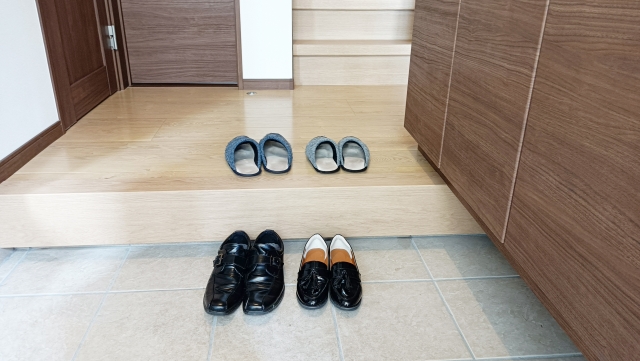
Always remove your shoes at the genkan, placing them neatly with toes facing the door. You’ll usually be offered indoor slippers (uwabaki). Never step into the living area with outdoor shoes.
2. Tatami Rooms
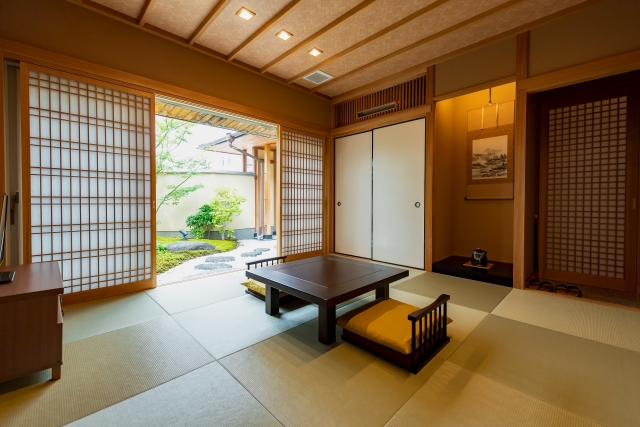
In ryokan (traditional inns), temples, or restaurants with tatami floors, shoes must be removed entirely.
Tatami is delicate and sacred—walking on it in shoes would be considered disrespectful.
3. Schools and Public Buildings
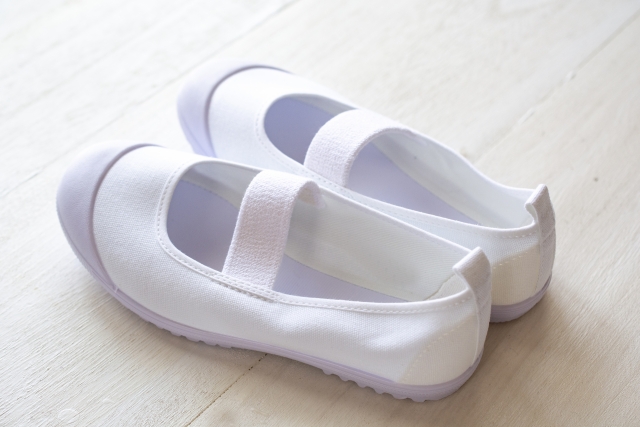
Many schools and kindergartens require students and visitors to change into indoor shoes. This rule helps keep the learning environment clean and comfortable.
4. Temples and Shrines
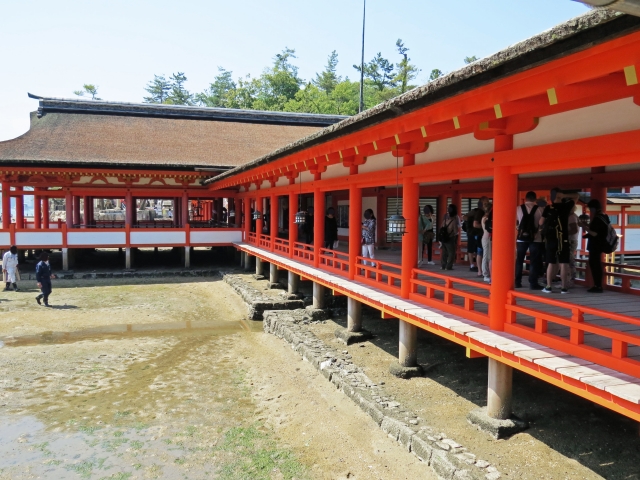
When entering temple halls or shrine buildings, removing your shoes is both practical and spiritual.
It’s a sign of humility and purity before stepping onto sacred ground.
🪶 Proper Etiquette: How to Do It Right

Following this custom isn’t difficult, but a few small gestures make a big difference:
-
Arrange your shoes neatly — turn them outward so they’re easy to put on later.
-
Use slippers when provided — especially in homes, ryokan, and restrooms (toilet slippers are common).
-
Keep your socks clean — worn-out or dirty socks can leave a bad impression.
-
Never step on tatami with slippers — walk barefoot or in socks only.
These subtle details show that you understand and respect Japanese manners.
🌿 Deeper Cultural Insight: Tatami and Cleanliness
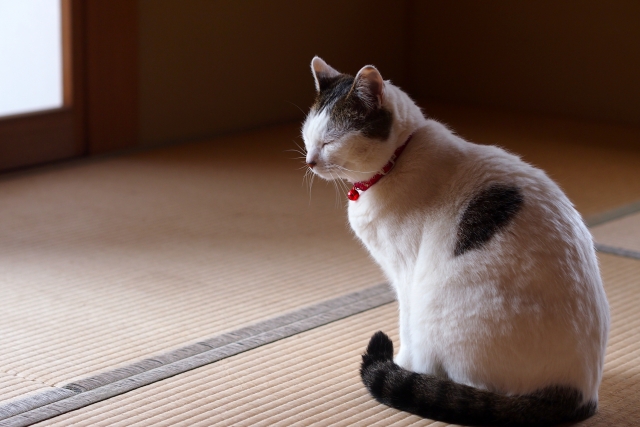
Tatami mats are woven from rice straw, soft underfoot and cool in summer.
In ancient Japan, they were symbols of refinement—used only by nobles and monks. Today, they remain a cornerstone of Japanese aesthetics: simplicity, harmony, and closeness to nature.
By removing your shoes, you preserve that harmony, connecting with a centuries-old rhythm of life that values balance between human and environment.
🧳 Tips for Travelers
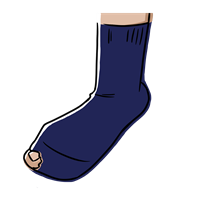
-
Pack a pair of light indoor slippers for visits to homes or temples.
-
Carry clean socks—you’ll thank yourself when asked to remove shoes unexpectedly.
-
Observe and follow locals; small gestures often speak louder than words.
👉 Planning to stay at a traditional inn? Read our next guide: [Staying at a Japanese Ryokan – Etiquette, Traditions, and What to Expect.]
✨ Conclusion
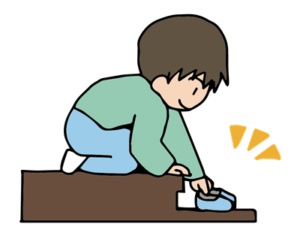
Removing your shoes in Japan is more than just a rule—it’s a quiet expression of respect, cleanliness, and awareness of space.
By observing this tradition, you’re not just following etiquette; you’re participating in a beautiful part of Japanese culture that values mindfulness in every small act.
When you take off your shoes, you take your first step into harmony.
For many foreigners visiting Japan for the first time, the custom of removing shoes might seem both intriguing and unique.
This article will explore the cultural background behind this tradition, explain where and when you need to remove your shoes, and offer tips on how to do so properly to respect Japanese customs.
